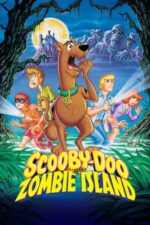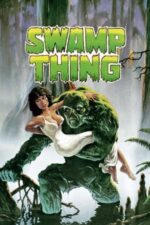Into the Murk: Why Swamps Haunt Our Imagination on Screen
Okay, so we’re talking about swamps today! Not just any swamp – those places that feel ancient, teeming with unseen life, and frankly, a little bit wrong. There's something primal about them, isn't there? They represent the untamed wilderness, a place where civilization hasn’t quite conquered nature. And filmmakers have been tapping into that unease for decades.
Think about it: swamps aren't just landscapes; they're metaphors. They can symbolize hidden dangers, repressed secrets, or even the dark side of human ambition. It's no accident that so many monster movies and thrillers choose them as their backdrop.
Take Fisher of Men, for example. The swampy lake isn’t just a pretty setting; it’s an active participant in the protagonist’s downfall, mirroring his own internal struggles with guilt and suspicion. It's a place where truth gets murky, much like the water itself. And that feeling of something lurking just beneath the surface? Pure swamp anxiety!
Then you have films like Attack of the Giant Leeches. Now, giant leeches might sound ridiculous (and they are, in a wonderfully cheesy way!), but the film uses the swamp to amplify the sense of dread and isolation. It’s not just about the monsters; it's about the feeling that something terrible is hidden within this seemingly natural environment – a fear that resonates with our anxieties about the unknown. I remember seeing this as a kid, and the sheer humidity practically oozed off the screen!
The swamp isn’t always about horror, though. The Legend of Boggy Creek, presented as a mockumentary, uses the Arkansas swampland to explore folklore and community belief. It's fascinating how the landscape itself contributes to the legend – the dense foliage, the isolation… it all fuels the mystery.
Even films like Snakehead Swamp and Bride of the Monster, with their sci-fi and horror elements respectively, use the swamp’s inherent sense of otherness to heighten the tension. The Louisiana bayou in Snakehead Swamp becomes a terrifying playground for genetically modified creatures, while Vornoff's isolated house in Bride of the Monster feels even more sinister nestled within its watery surroundings.
What I find particularly compelling is how these films reflect our changing relationship with nature. From the early monster movies to modern eco-horror, swamps often represent what we’ve lost or what we risk losing through unchecked ambition and disregard for the natural world.
So, next time you're looking for a film that really gets under your skin, consider venturing into the swamp. You might just find more than you bargained for!






































